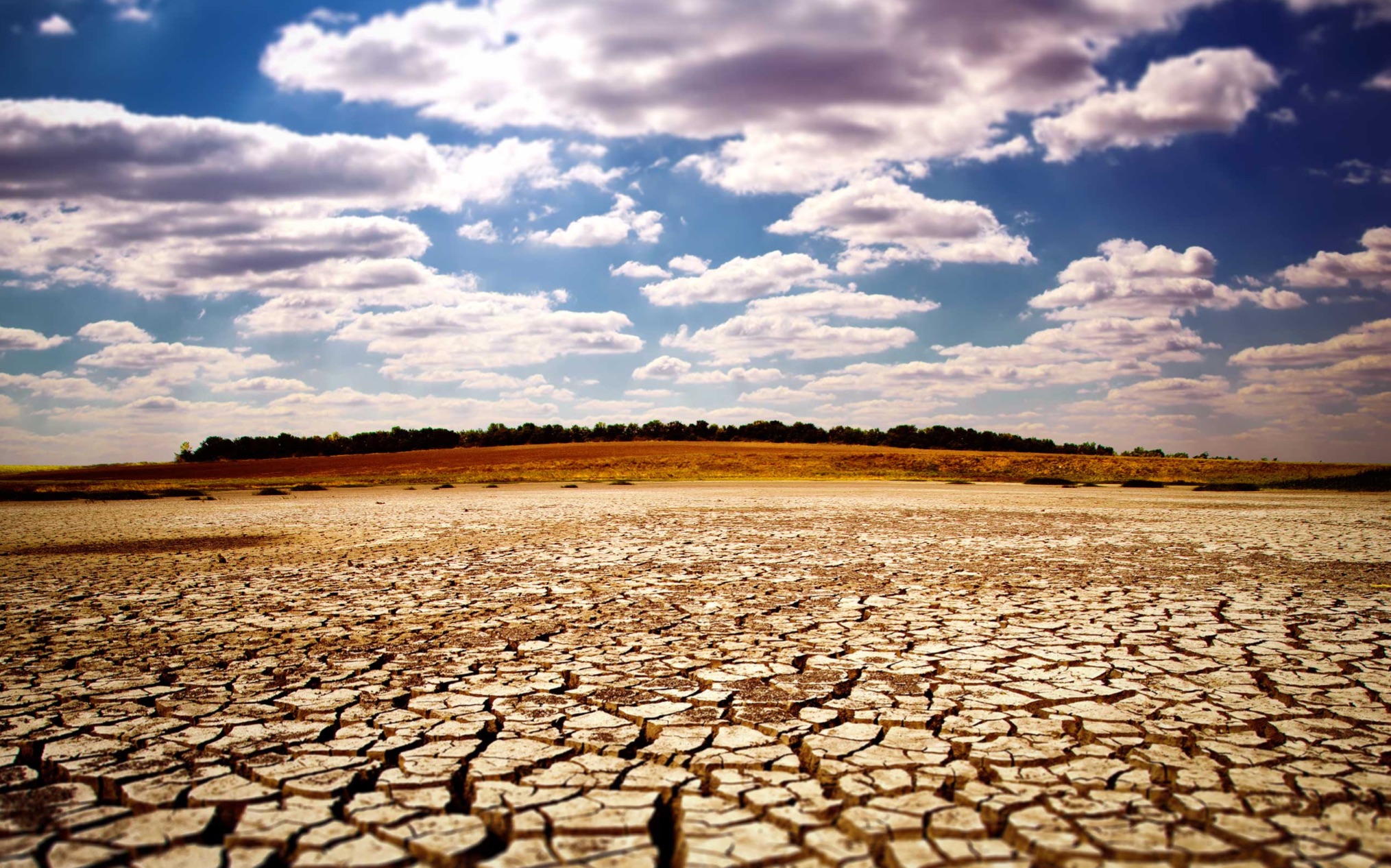Kazachstanas
Atsparumo nelaimėms ir klimato kaitos stiprinimas Centrinėje Azijoje

The role of the Centre of Emergency Situations and Disaster Risk Reduction, based in Almaty, Kazakhstan, was highlighted at a Brussels conference on an EU-funded project to build disaster and climate resilience in Central Asia, rašo politikos redaktorius Nickas Powellas.
Central Asia is already experiencing the drastic effects of global warming and such modern challenges can only be overcome by working together was the opening message from Kazakhstan’s Ambassador to the EU, Baimukhan Margulan, to the conference on strengthening disaster and climate resilience in Central Asia.
That cooperation was illustrated by the event itself, held jointly with the European Union and the United Nations. It’s also illustrated by the work of the Centre for Emergency Situations and Disaster Risk Reduction, based in Almaty in Kazakhstan but with a remit covering the whole of Central Asia.

The centre’s deputy director, Serik Aubakirov, explained its work, responding to emergencies caused by earthquakes, as well as climate change-induced events such as forest fires, sand and dust storms, strong winds, heat waves and extreme cold, landslides, avalanches, floods, droughts and melting glaciers.
The risks of large-scale and transboundary emergencies need joint action, requiring a regional coordination body. The Centre provides that service, acting as the secretariat of a regional forum that brings together the heads of emergency authorities from the five Central Asian republics. It provides a regional resource centre, with a scientific and technical council and a register of experts in disaster risk reduction.
Its analysis and recommendations improve national strategies for disaster risk reduction, by stress-testing existing arrangements, such as preparedness for rescue operations in emergency situations. The specific ideas being progressed include the use of drones to both detect the risk of disaster and to respond to it.
The Centre regulates a regional early warning system and provides for the mutual exchange of information about threatened and actual disasters. A protocol has been agreed upon for the integration of earthquake warning systems. Between 2016 and 2022, the Centre and the five national emergency authorities have implemented more than 30 programmes and projects in disaster risk reduction and emergency situations.
There are regular meetings of both ministers and experts from the five republics, with constant communication and cooperation. This capacity building will save lives, coordinate international humanitarian and technical assistance and create a mutual notification system for risks from transboundary emergencies.
The Centre’s work is part of a wider programme to strengthen disaster resilience and disaster risk reduction in Central Asia, funded by the European Union with a budget of €3,750,000 over three years. The programme is not just concerned with promoting cooperation between neighbouring Central Asian states but with community engagement and building resilience at a local level.
The EU Special Representative for Central Asia, Terhi Hakala, told the conference that disaster risk reduction in the region cuts across many sectors, including water, agriculture, climate change, energy security and health. “For this reason, our programmes help strengthen disaster risk reduction systems and build climate resilience in Central Asia”, she added.
When Kazakhstan’s Deputy Minister for Emergency Situations, Marat Kuldikov, addressed the conference, he stressed the importance of the Centre for Emergency Situations and Disaster Risk Reduction in Almaty, especially as an early warning system for the whole of Central Asia.
He has personally been involved in the community engagement aspect of the programme, most recently taking questions from the public in the East Kazakhstan region. He spoke in detail about the measures taken to minimise the risks from flooding and to prevent fires and other accidents and emergencies.
“As a result, in 10 months, the number of deaths in emergencies in the region has been reduced by 29.8%. At the same time, more than 1,100 emergencies have been recorded. Department units carried out more than 6,000 visits, and rescued and evacuated more than a thousand citizens, he said.
Pasidalinkite šiuo straipsniu:
-

 Iranasprieš 4 dienas
Iranasprieš 4 dienasKodėl dar neatsižvelgta į ES parlamento raginimą įtraukti IRGC kaip teroristinę organizaciją?
-

 Brexitprieš 3 dienas
Brexitprieš 3 dienasNaujas tiltas jauniesiems europiečiams abiejose Lamanšo sąsiaurio pusėse
-

 Kirgizijaprieš 4 dienas
Kirgizijaprieš 4 dienasMasinės Rusijos migracijos įtaka etninei įtampai Kirgizijoje
-

 Imigracijaprieš 4 dienas
Imigracijaprieš 4 dienasKokie yra valstybių narių išlaikymas be sienų zonos



























